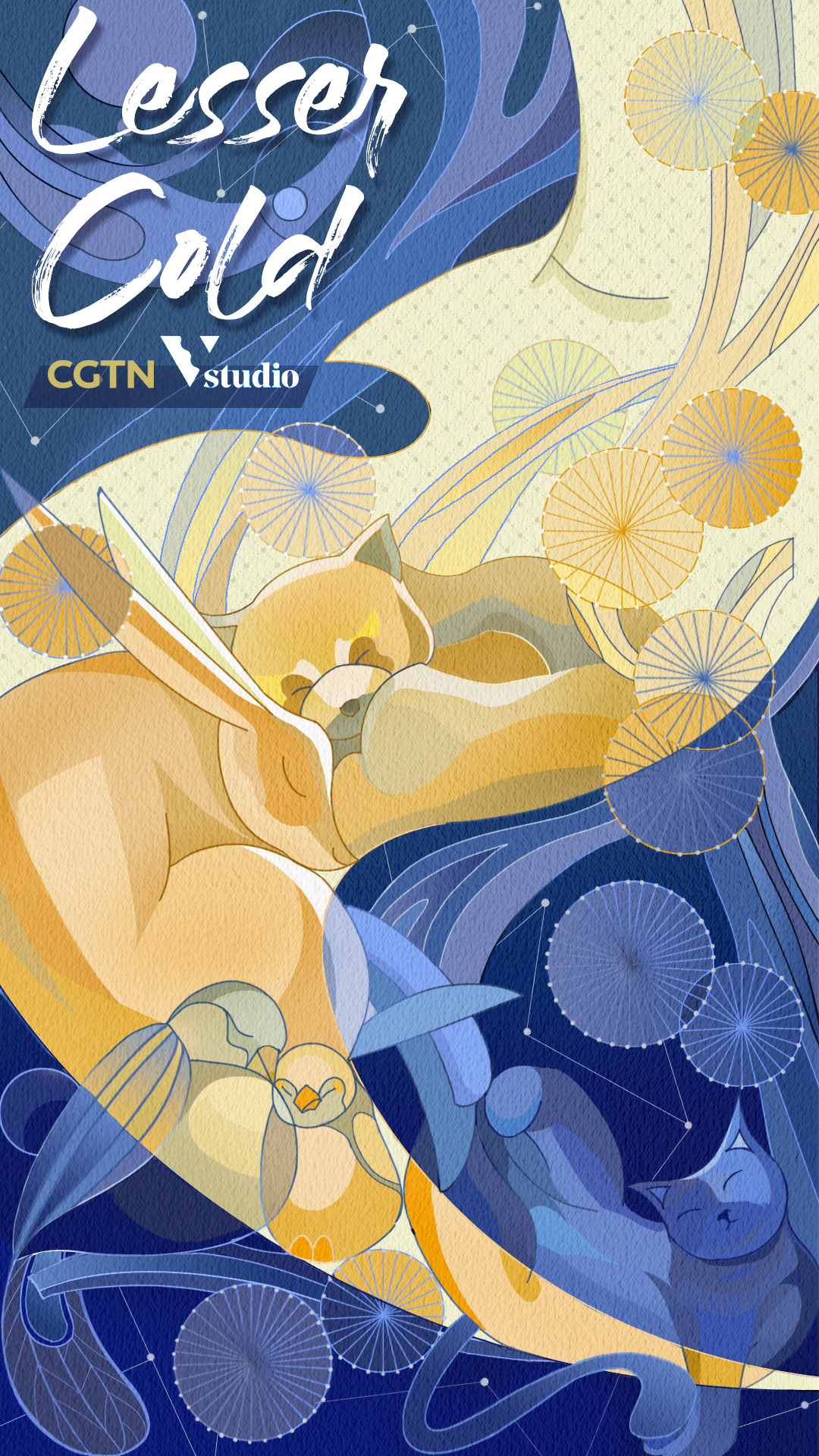
Lesser Cold is the 23rd solar term on the Chinese lunar calendar, where the cold time of the year starts.
Lesser Cold is the 23rd solar term on the Chinese lunar calendar, where the cold time of the year starts.
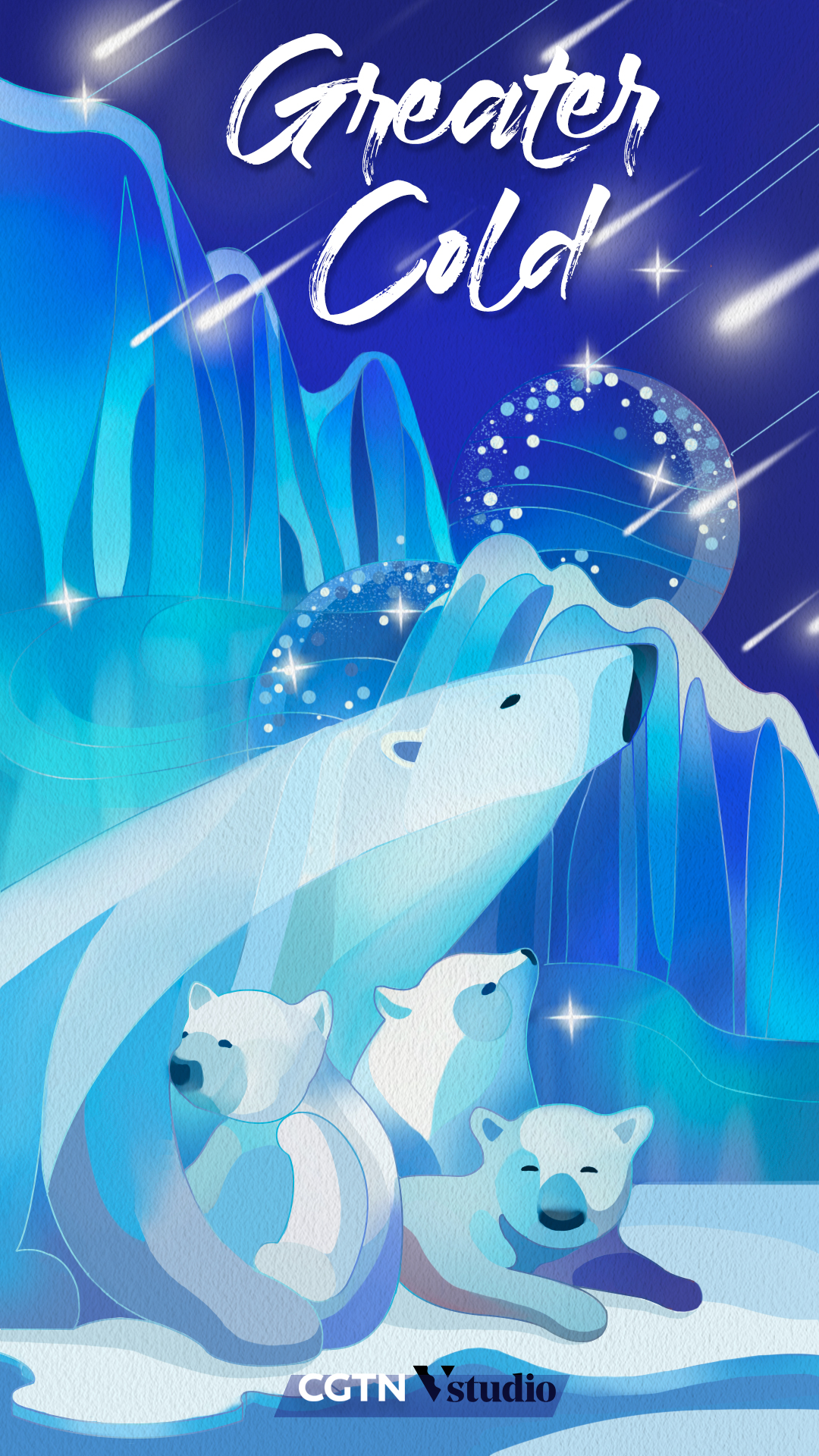
Greater Cold is the last of the 24 solar terms on the Chinese lunar calendar. During this period, temperatures are still icy cold.
Greater Cold is the last of the 24 solar terms on the Chinese lunar calendar. During this period, temperatures are still icy cold.
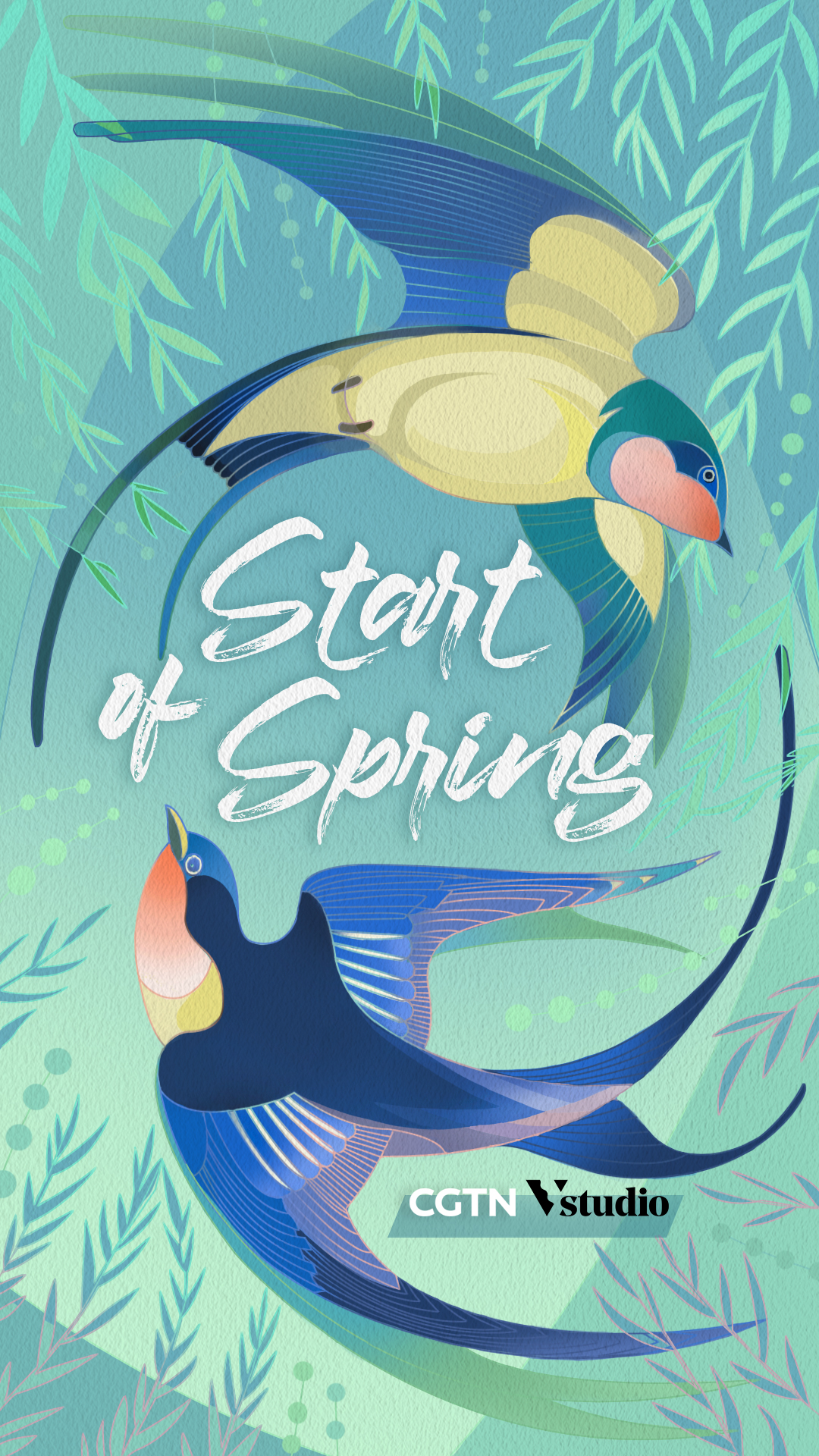
The Start of Spring is called Lichun on the Chinese lunar calendar. As the first solar term of the year, it lifts the curtain of spring. The weather is expected to get warm, and everything is going to turn green and full of vigor.
The Start of Spring is called Lichun on the Chinese lunar calendar. As the first solar term of the year, it lifts the curtain of spring. The weather is expected to get warm, and everything is going to turn green and full of vigor.

Yushui, or Rain Water, is the second of the 24 solar terms on the Chinese lunar calendar. The arrival of Yushui means rainfall will begin to grace the majority of China, albeit mostly as a light drizzle.
Yushui, or Rain Water, is the second of the 24 solar terms on the Chinese lunar calendar. The arrival of Yushui means rainfall will begin to grace the majority of China, albeit mostly as a light drizzle.

Jingzhe, or the Awakening of Insects, means insects come out of their hibernation. It is the third of the 24 solar terms on the Chinese lunar calendar. It starts warming up, and the farming season begins.
Jingzhe, or the Awakening of Insects, means insects come out of their hibernation. It is the third of the 24 solar terms on the Chinese lunar calendar. It starts warming up, and the farming season begins.
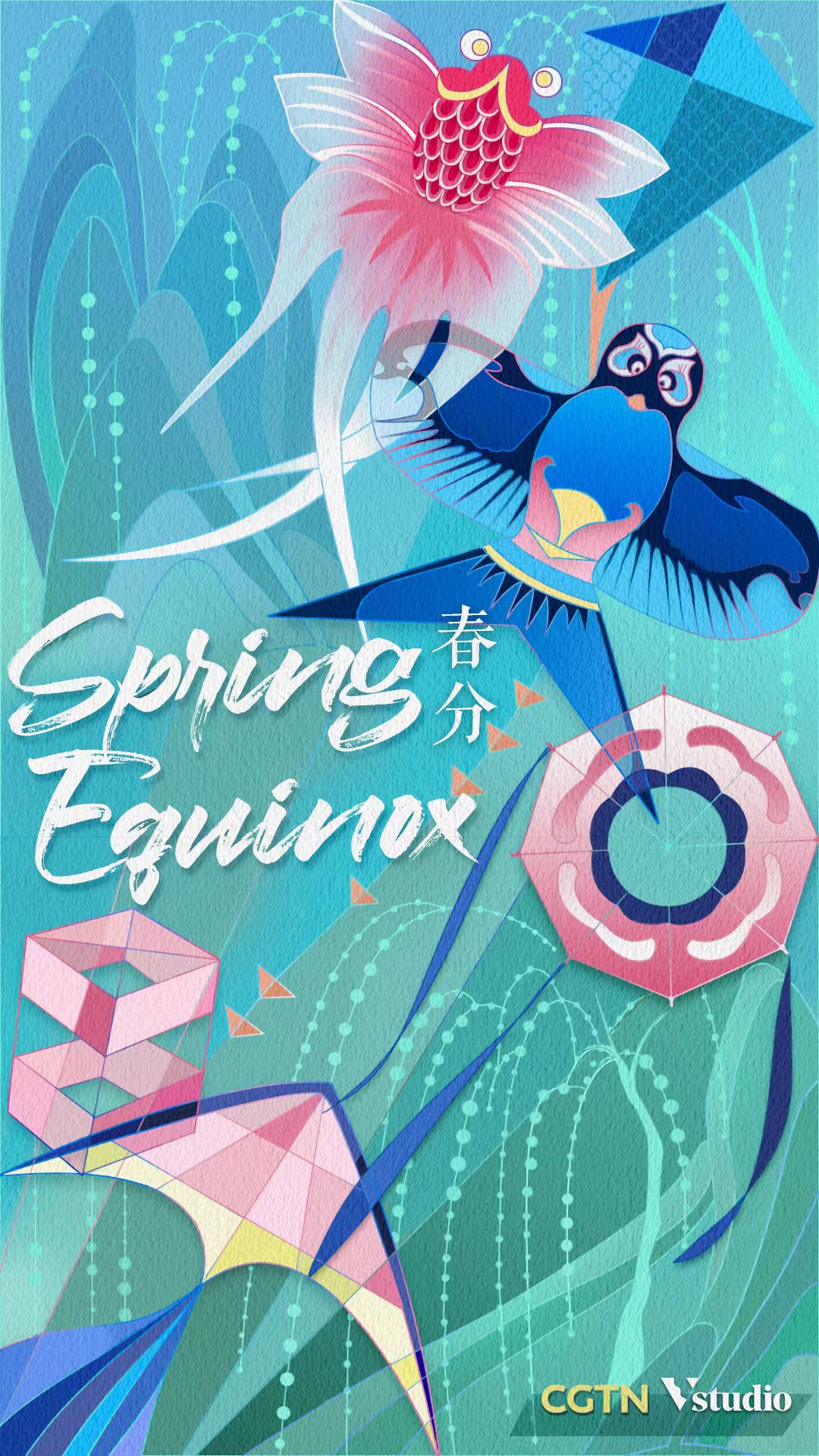
Spring Equinox denotes the equal length of the day and night time. After this date, the Northern Hemisphere begins to tilt more toward the Sun, resulting in increasing daylight hours and warmer temperatures. Let's have an outing in this lovely spring!
Spring Equinox denotes the equal length of the day and night time. After this date, the Northern Hemisphere begins to tilt more toward the Sun, resulting in increasing daylight hours and warmer temperatures. Let's have an outing in this lovely spring!
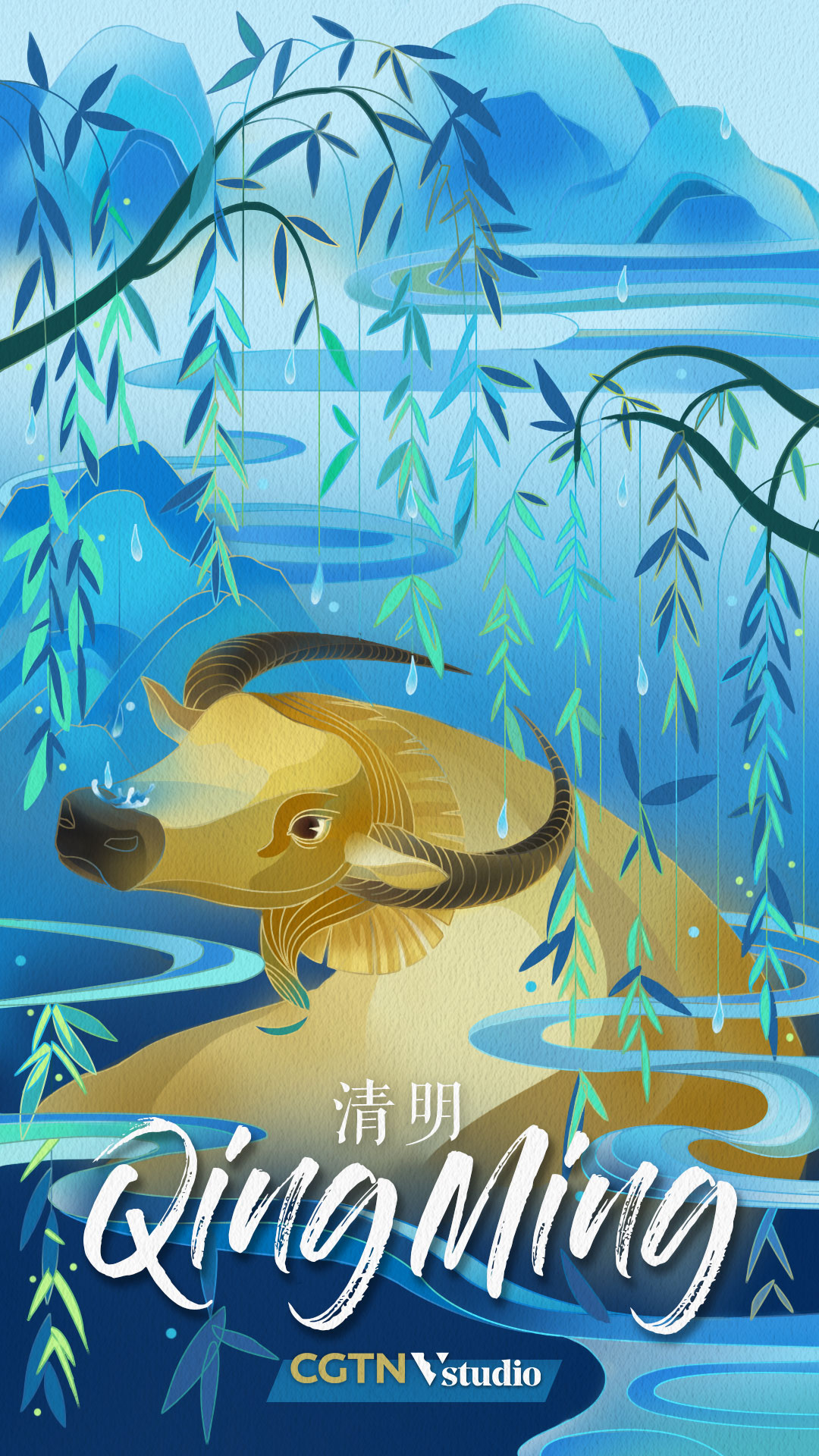
Qingming, one of the 24 solar terms on the traditional Chinese lunar calendar, begins on April 5 this year. It is the only solar term that also marks an important traditional festival, the Qingming Festival, also known as Tomb-Sweeping Day. After the festival, temperatures across China will increase, as will rainfall. With flowers blossoming and a gentle breeze blowing, it is a good time to take a tour and enjoy the view. And according to tradition, Chinese people visit graves or burial grounds to pray to their ancestors on this day.
Qingming, one of the 24 solar terms on the traditional Chinese lunar calendar, begins on April 5 this year. It is the only solar term that also marks an important traditional festival, the Qingming Festival, also known as Tomb-Sweeping Day. After the festival, temperatures across China will increase, as will rainfall. With flowers blossoming and a gentle breeze blowing, it is a good time to take a tour and enjoy the view. And according to tradition, Chinese people visit graves or burial grounds to pray to their ancestors on this day.

Grain Rain originates from the old saying, "Rain brings up the growth of hundreds of grains." As the temperature rises and rainfall increases, it is also the best time of the year to admire the blooming flowers.
Grain Rain originates from the old saying, "Rain brings up the growth of hundreds of grains." As the temperature rises and rainfall increases, it is also the best time of the year to admire the blooming flowers.
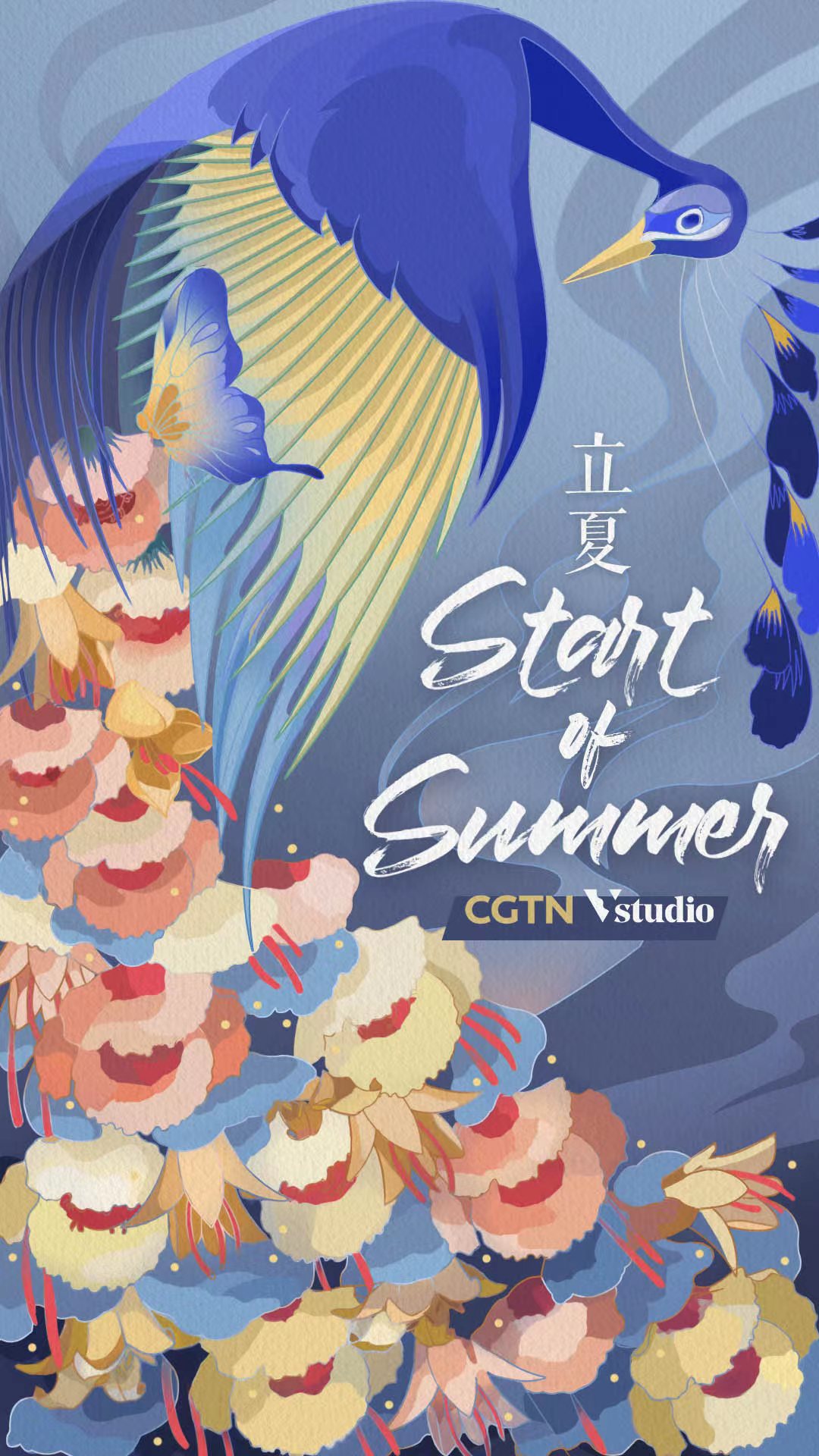
Li Xia, or the Start of Summer, the seventh of the 24 solar terms on the Chinese lunar calendar, falls on May 5 this year. It's time to say goodbye to the color of spring and bring back the dense green scenery and the colorful aroma of flowers.
Li Xia, or the Start of Summer, the seventh of the 24 solar terms on the Chinese lunar calendar, falls on May 5 this year. It's time to say goodbye to the color of spring and bring back the dense green scenery and the colorful aroma of flowers.
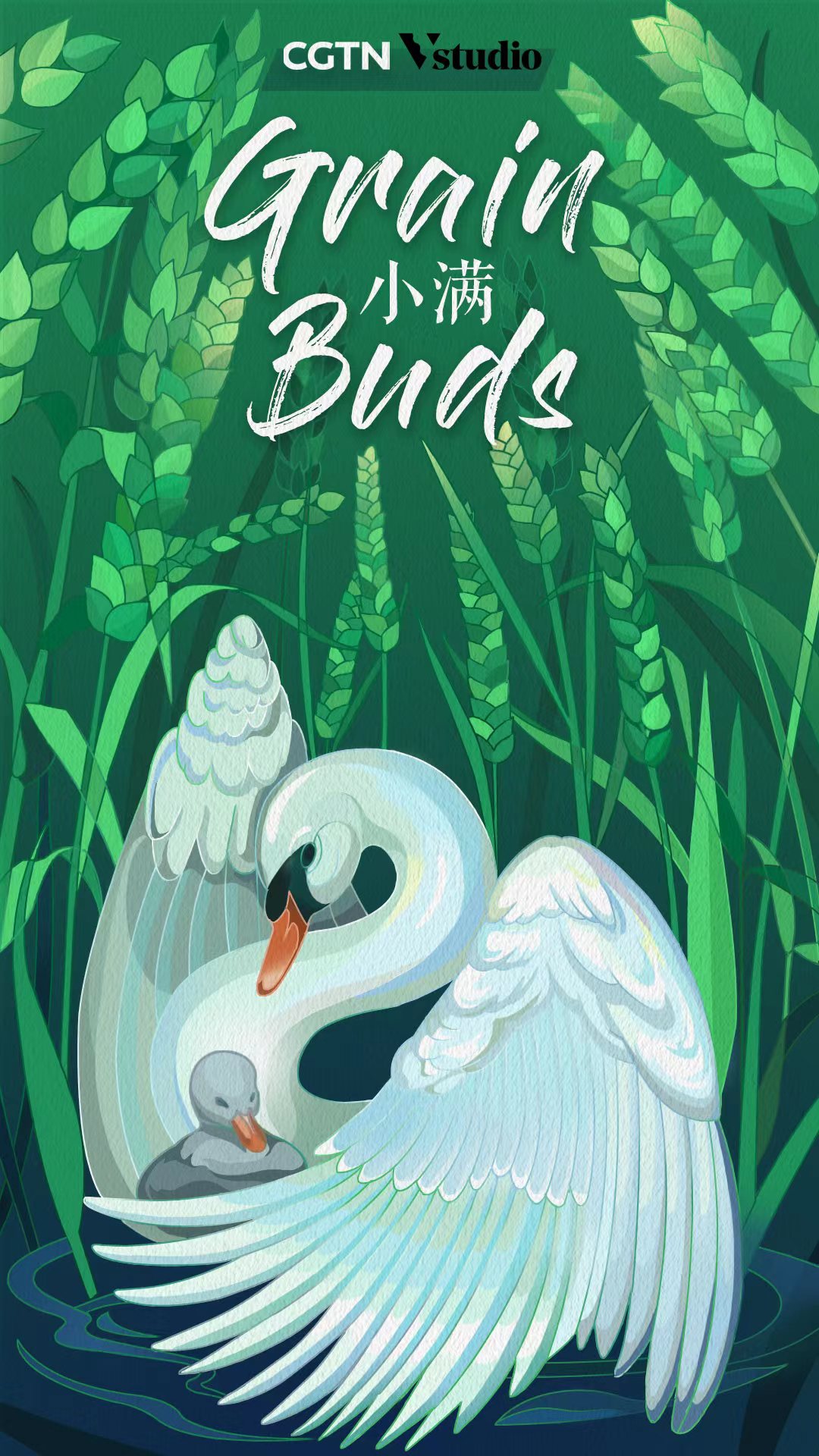
Grain Buds, or Xiaoman, comes on May 21 this year. It's the second solar term of summer. It means that the seeds from the grain are becoming full, the crops grow vigorously, and the summer harvest is about to begin.
Grain Buds, or Xiaoman, comes on May 21 this year. It's the second solar term of summer. It means that the seeds from the grain are becoming full, the crops grow vigorously, and the summer harvest is about to begin.
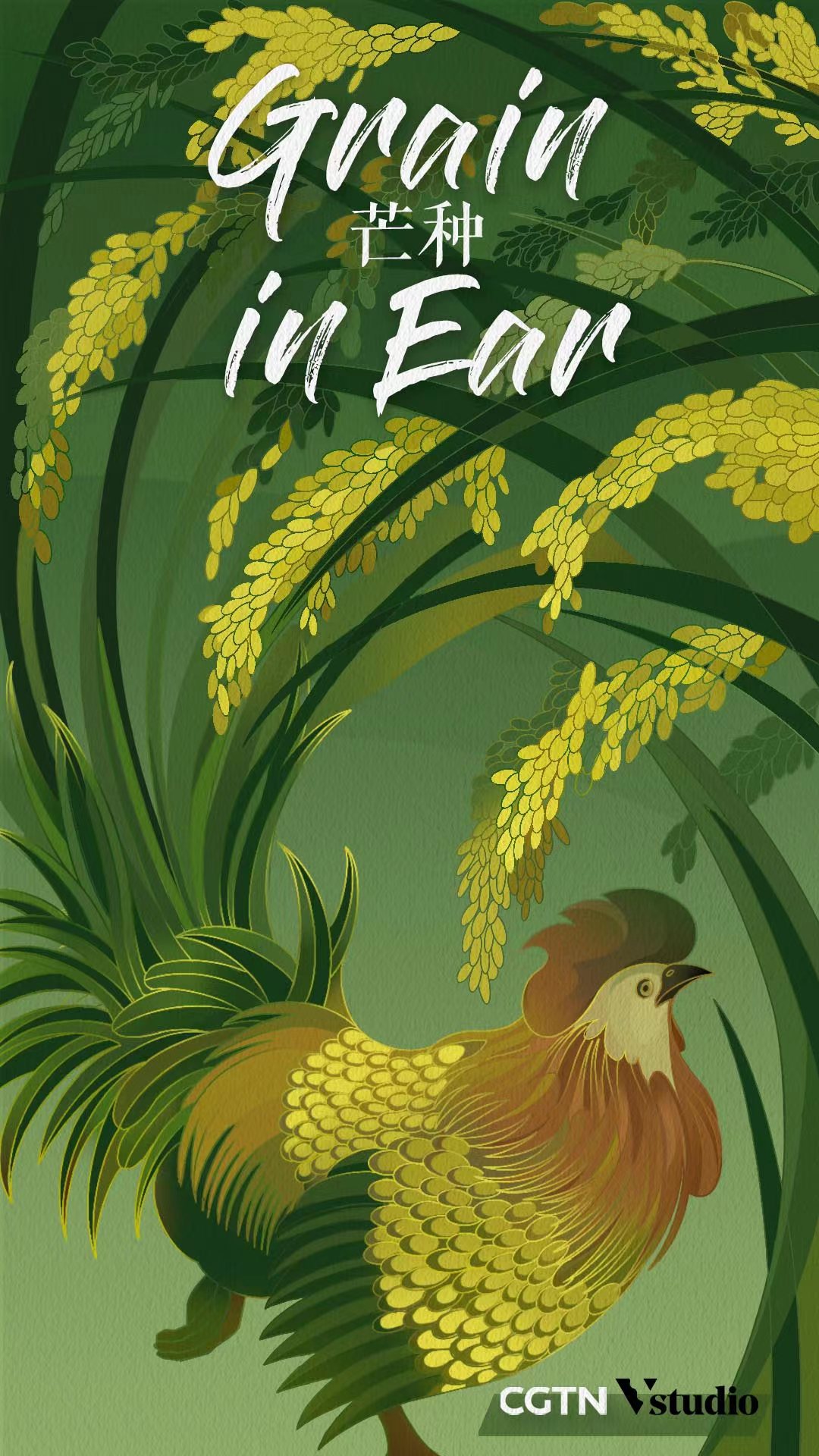
June 6 marks Mangzhong of this year, or "Grain in Ear" in English, the ninth solar term of the year and the third one of the summer on the Chinese lunar calendar. Mangzhong is usually one of the busiest periods for farming.
June 6 marks Mangzhong of this year, or "Grain in Ear" in English, the ninth solar term of the year and the third one of the summer on the Chinese lunar calendar. Mangzhong is usually one of the busiest periods for farming.
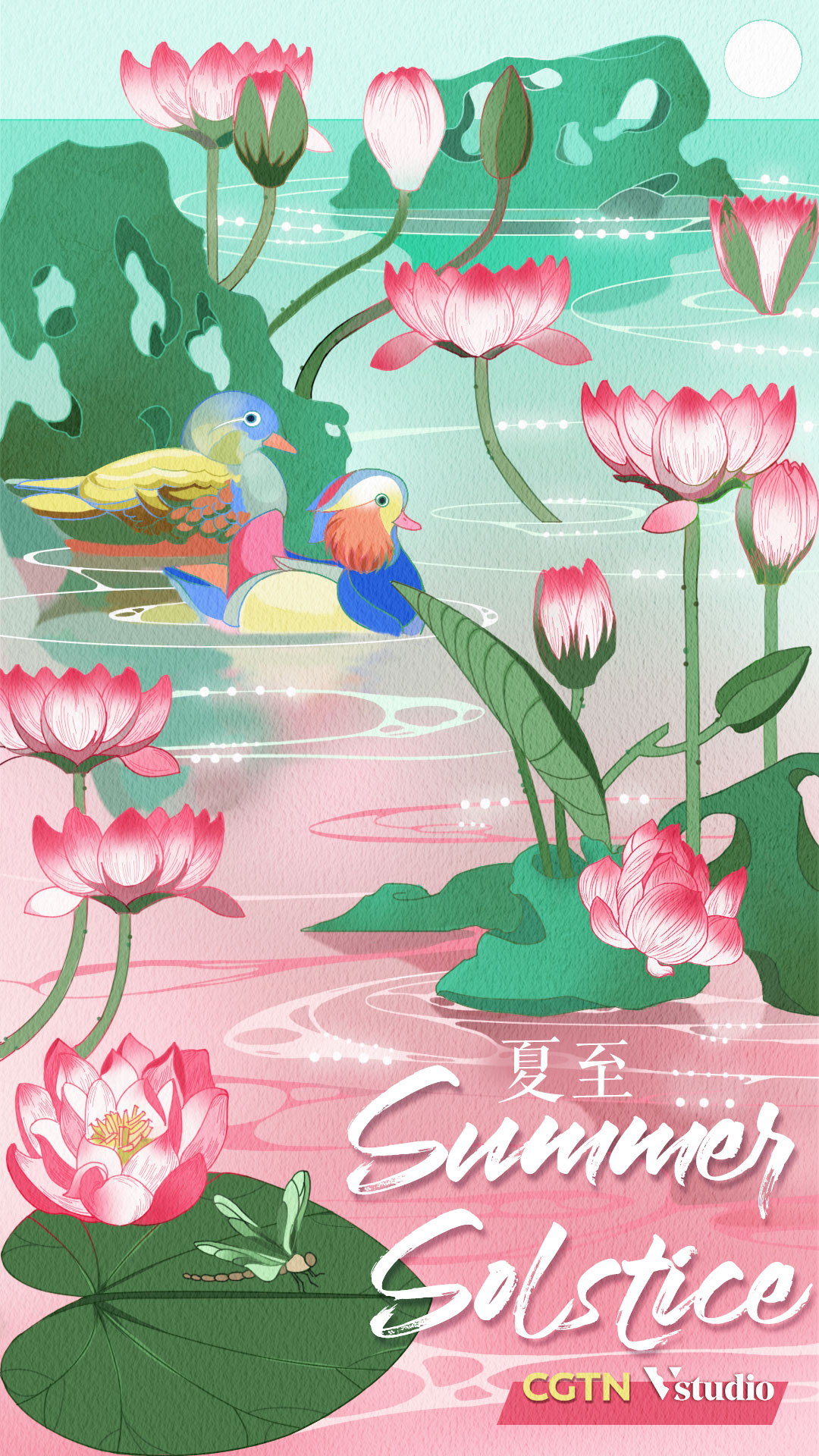
June 21 marks Xiazhi of 2022, or Summer Solstice in English, the 10th of the 24 solar terms on the Chinese lunar calendar. On this day, the Northern Hemisphere sees the longest day and the shortest night of the year. It is also the hottest time of the year: the summer is at its peak.
June 21 marks Xiazhi of 2022, or Summer Solstice in English, the 10th of the 24 solar terms on the Chinese lunar calendar. On this day, the Northern Hemisphere sees the longest day and the shortest night of the year. It is also the hottest time of the year: the summer is at its peak.
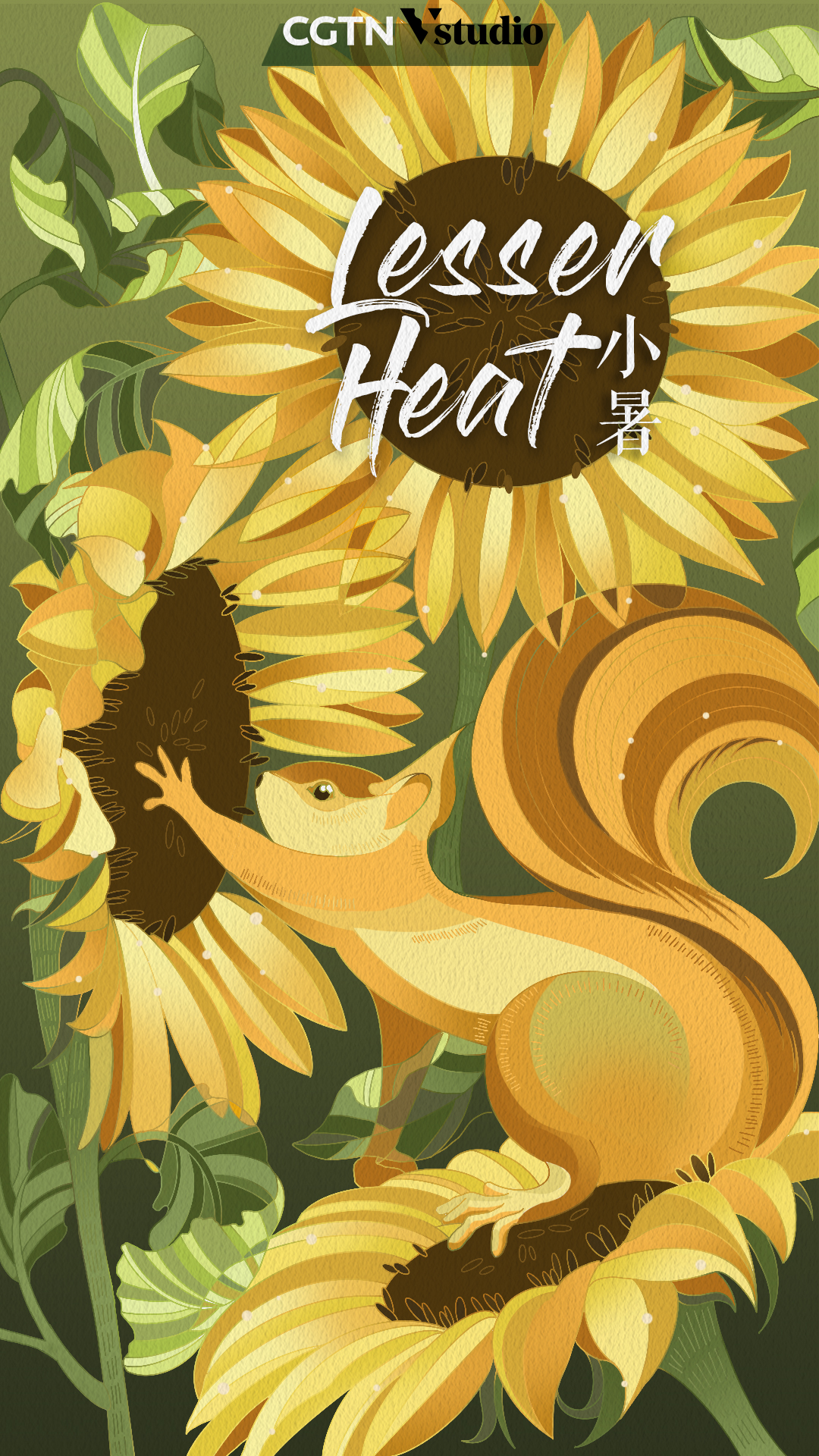
The 11th of the 24 solar terms, Lesser Heat, is a stimulating prelude, leading us to the climax of the midsummer symphony. Everything under the sun prepares to welcome the hottest summer days.
The 11th of the 24 solar terms, Lesser Heat, is a stimulating prelude, leading us to the climax of the midsummer symphony. Everything under the sun prepares to welcome the hottest summer days.
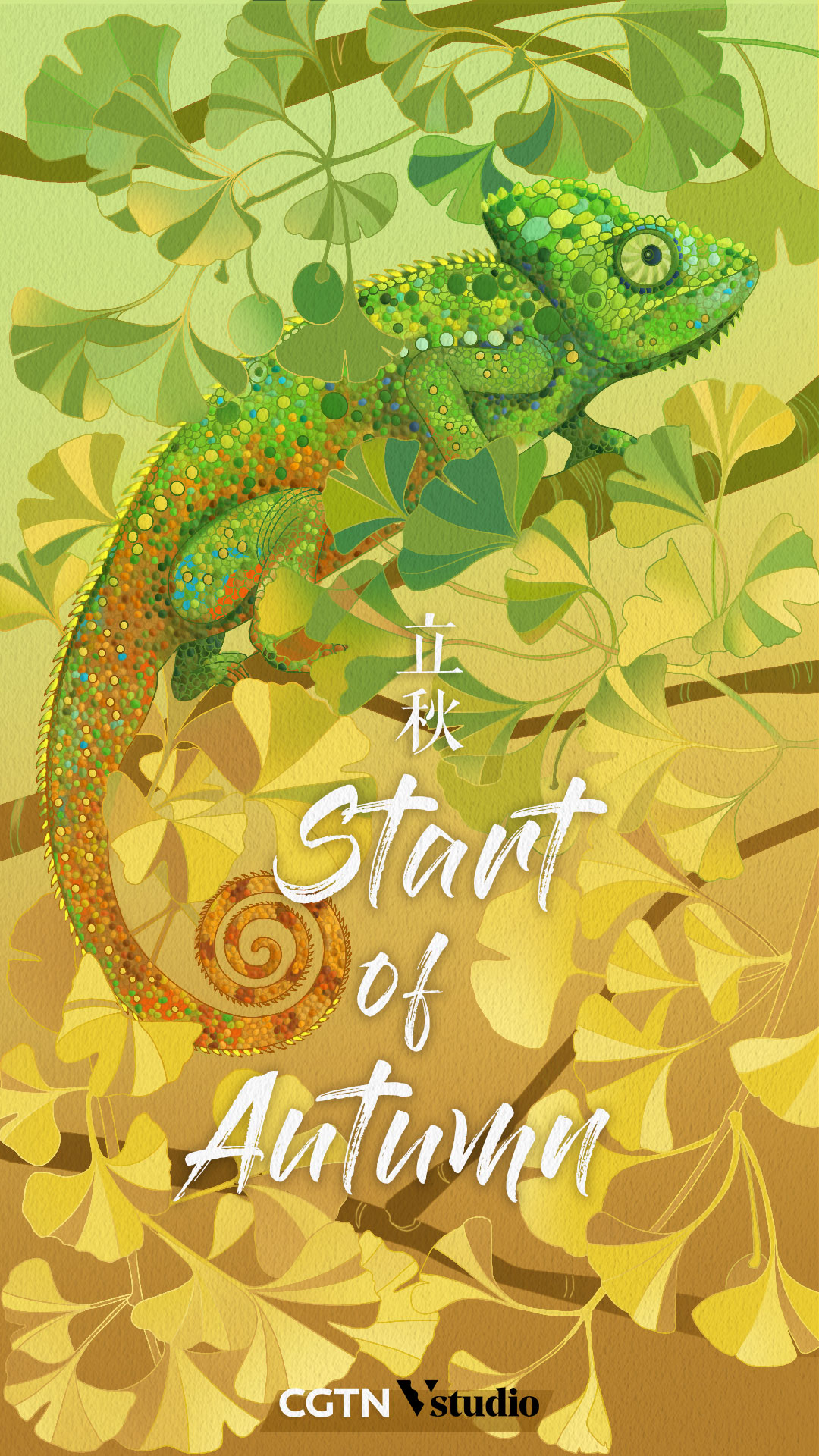
Li Qiu, or the "Start of Autumn," is the 13th of the 24 solar terms on the Chinese lunar calendar. When autumn arrives, the leaves begin to change color and fall, and the weather tends to cool down.
Li Qiu, or the "Start of Autumn," is the 13th of the 24 solar terms on the Chinese lunar calendar. When autumn arrives, the leaves begin to change color and fall, and the weather tends to cool down.

In the Chinese lunar calendar, today is Chu Shu, which loosely translates as "end of heat" and marks the temperature shift from summer heat to autumn chill. This transition period, known as "Qiu Laohu," literally means "Autumn Tiger," or as Westerners might colloquially refer to it, "Indian Summer."
In the Chinese lunar calendar, today is Chu Shu, which loosely translates as "end of heat" and marks the temperature shift from summer heat to autumn chill. This transition period, known as "Qiu Laohu," literally means "Autumn Tiger," or as Westerners might colloquially refer to it, "Indian Summer."
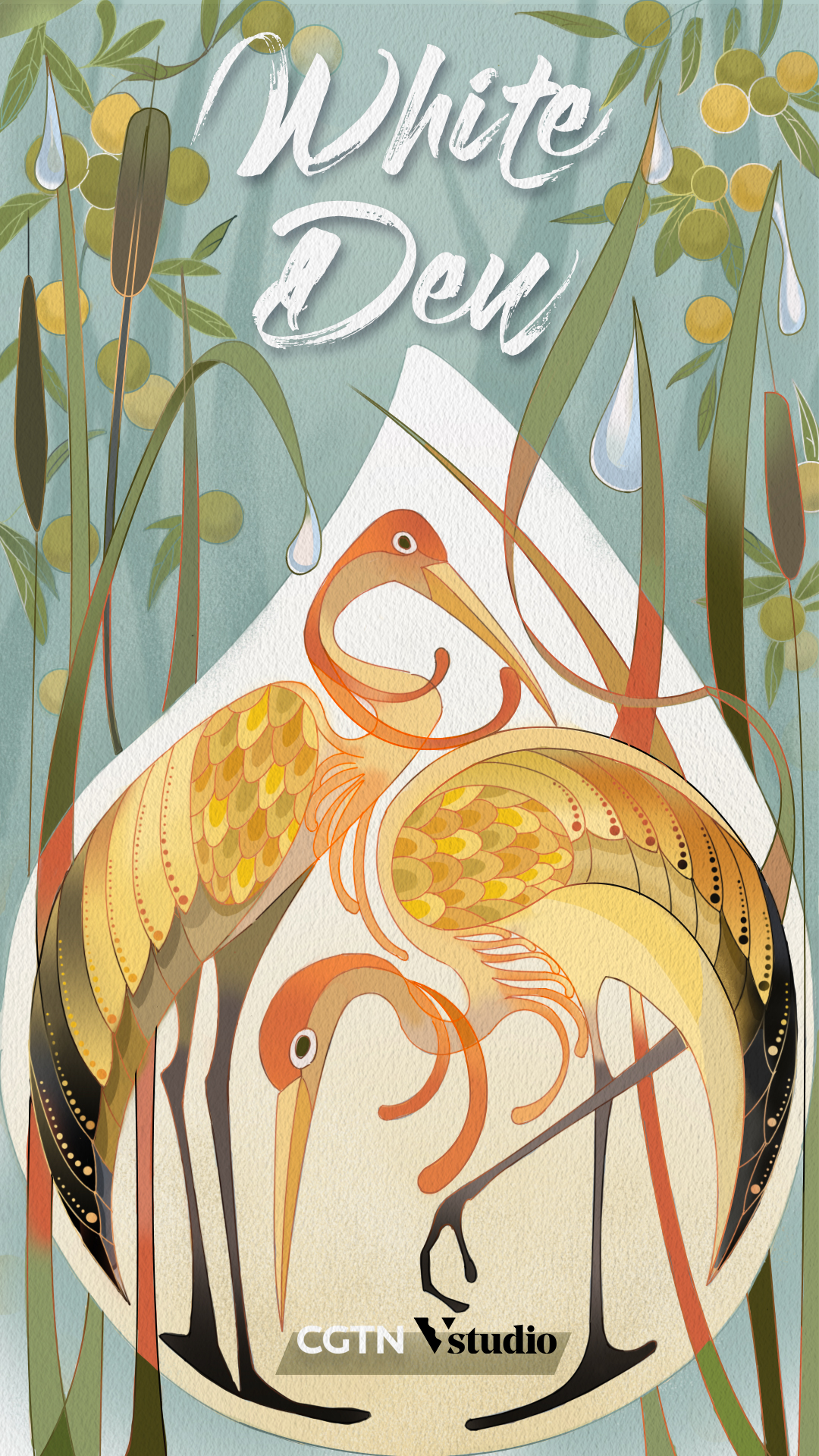
White Dew or "Bailu" is the 15th of the 24 solar terms on Chinese lunar calendar. White Dew indicates the real beginning of cool autumn. The temperature declines gradually and the vapors in the air are often condensed into white dew on the grass and trees at night.
White Dew or "Bailu" is the 15th of the 24 solar terms on Chinese lunar calendar. White Dew indicates the real beginning of cool autumn. The temperature declines gradually and the vapors in the air are often condensed into white dew on the grass and trees at night.
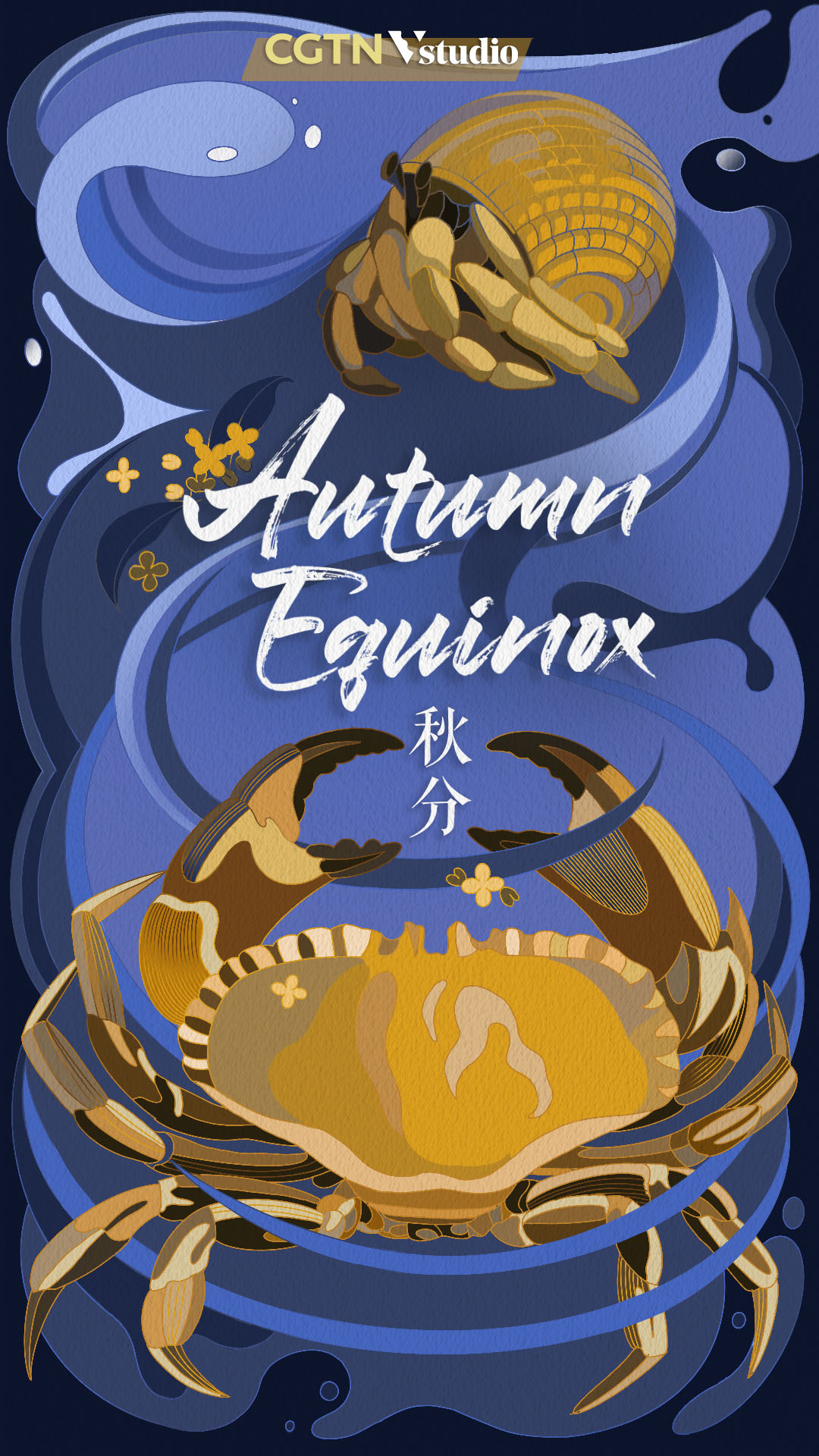
Autumn Equinox, the 16th solar term of the year, divides autumn into two equal parts. After the day, the location of direct sunlight moves to the south, making days shorter and nights longer in the northern hemisphere.
Autumn Equinox, the 16th solar term of the year, divides autumn into two equal parts. After the day, the location of direct sunlight moves to the south, making days shorter and nights longer in the northern hemisphere.
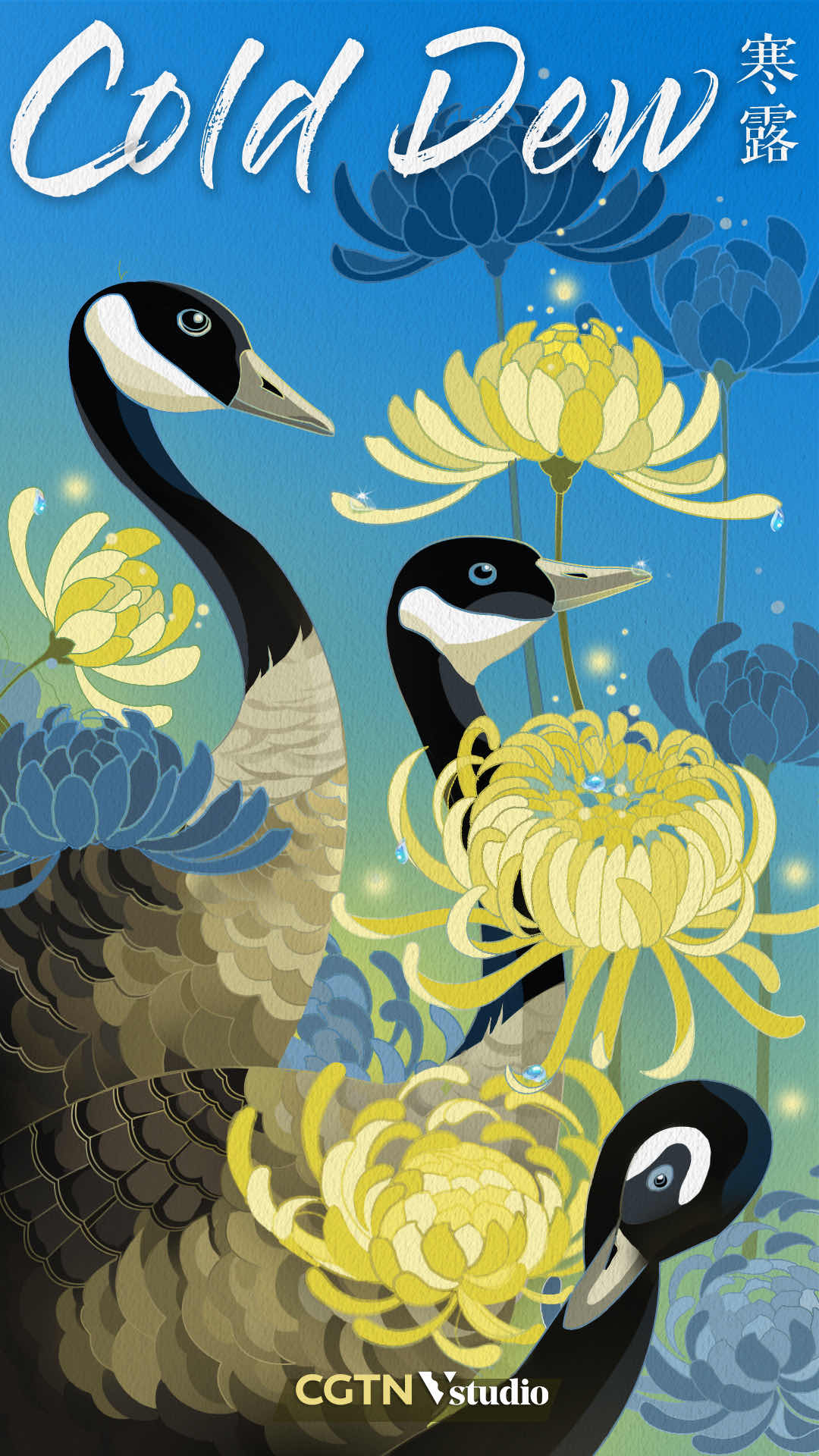
Cold Dew is the 17th of the 24 solar terms. At this time, temperatures are much lower than those during White Dew in most areas of China. The chrysanthemum is the iconic flower of Cold Dew. To prevent autumn dryness, many regions in China have the custom of drinking chrysanthemum wine.
Cold Dew is the 17th of the 24 solar terms. At this time, temperatures are much lower than those during White Dew in most areas of China. The chrysanthemum is the iconic flower of Cold Dew. To prevent autumn dryness, many regions in China have the custom of drinking chrysanthemum wine.
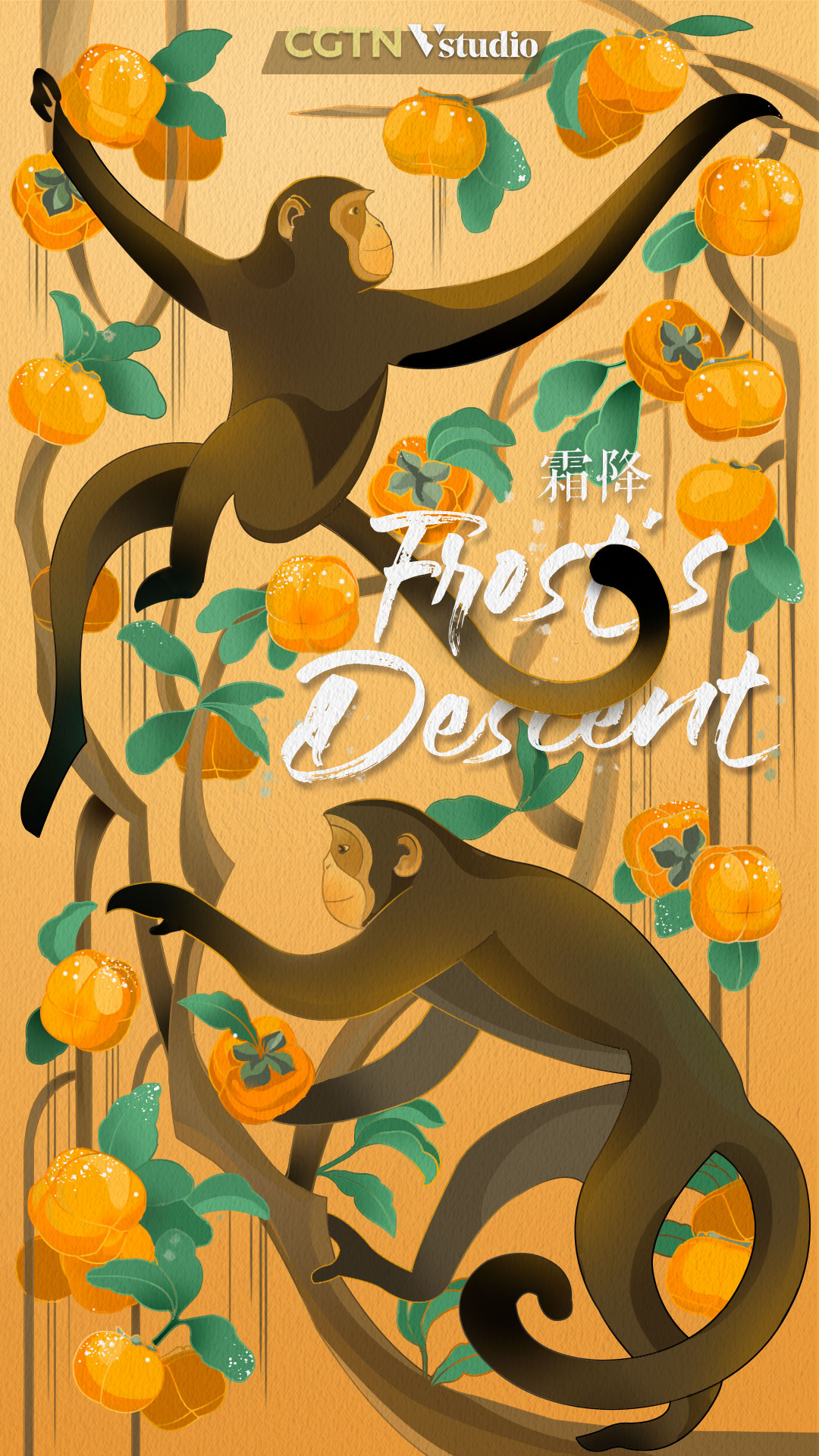
Frost's Descent is the last solar term in autumn, and it is also the transition period from autumn to winter. At this time, the weather becomes much colder than before and frost begins to appear. Eating persimmons during Frost's Descent can help people resist the cold. In the countryside, people believe that their lips will crack if they don't eat persimmons during this period.
Frost's Descent is the last solar term in autumn, and it is also the transition period from autumn to winter. At this time, the weather becomes much colder than before and frost begins to appear. Eating persimmons during Frost's Descent can help people resist the cold. In the countryside, people believe that their lips will crack if they don't eat persimmons during this period.
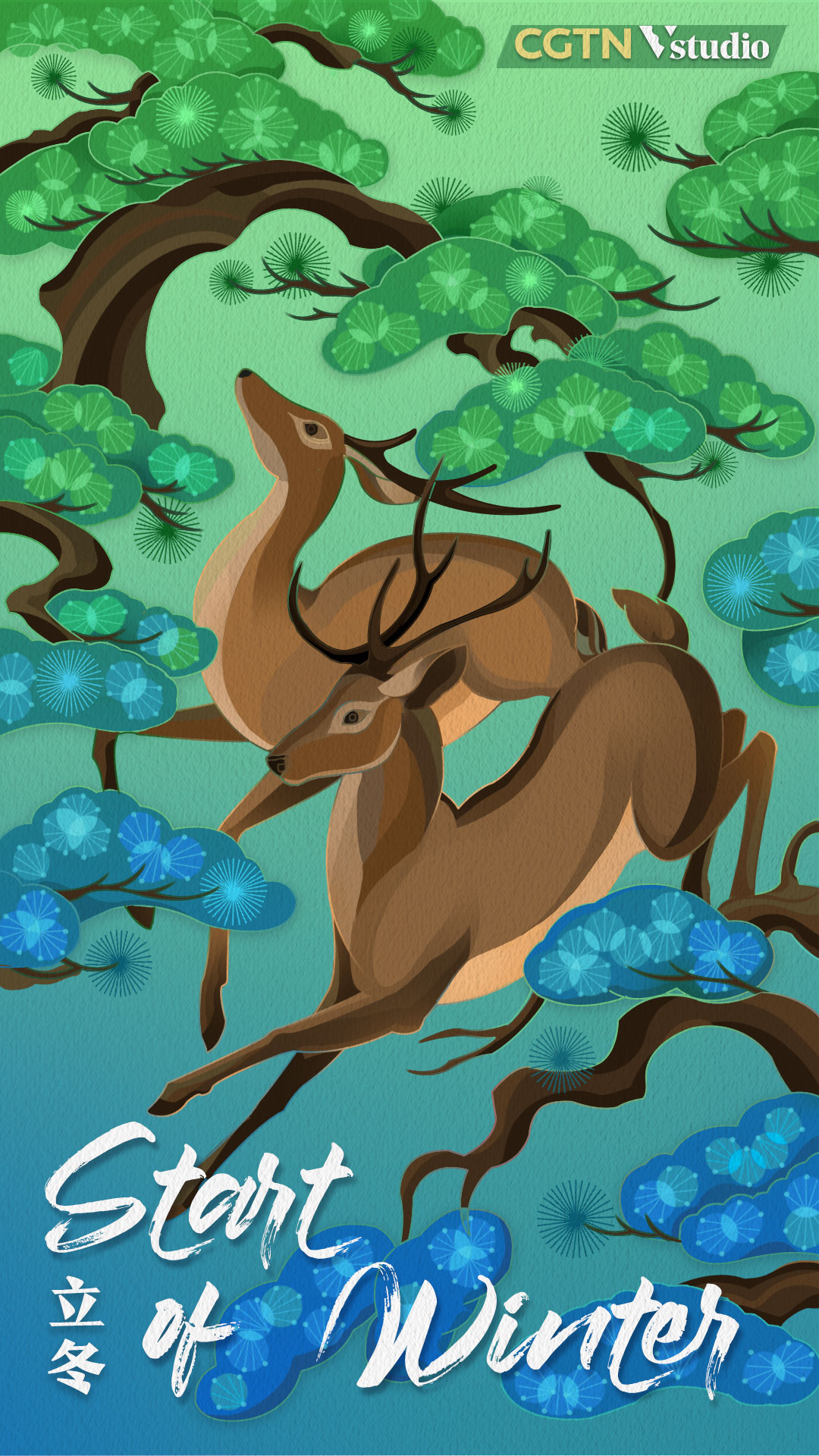
Start of Winter is the 19th solar term of the year and the first solar term of winter, which means winter is coming. In the Northern Hemisphere, the days are getting colder and nights longer.
Start of Winter is the 19th solar term of the year and the first solar term of winter, which means winter is coming. In the Northern Hemisphere, the days are getting colder and nights longer.

The 20th solar term Lesser Snow refers to the time when it starts to snow, mostly in China's northern areas, and the temperature continues to drop. The light snow freezes at night, but melts quickly during the day.
The 20th solar term Lesser Snow refers to the time when it starts to snow, mostly in China's northern areas, and the temperature continues to drop. The light snow freezes at night, but melts quickly during the day.
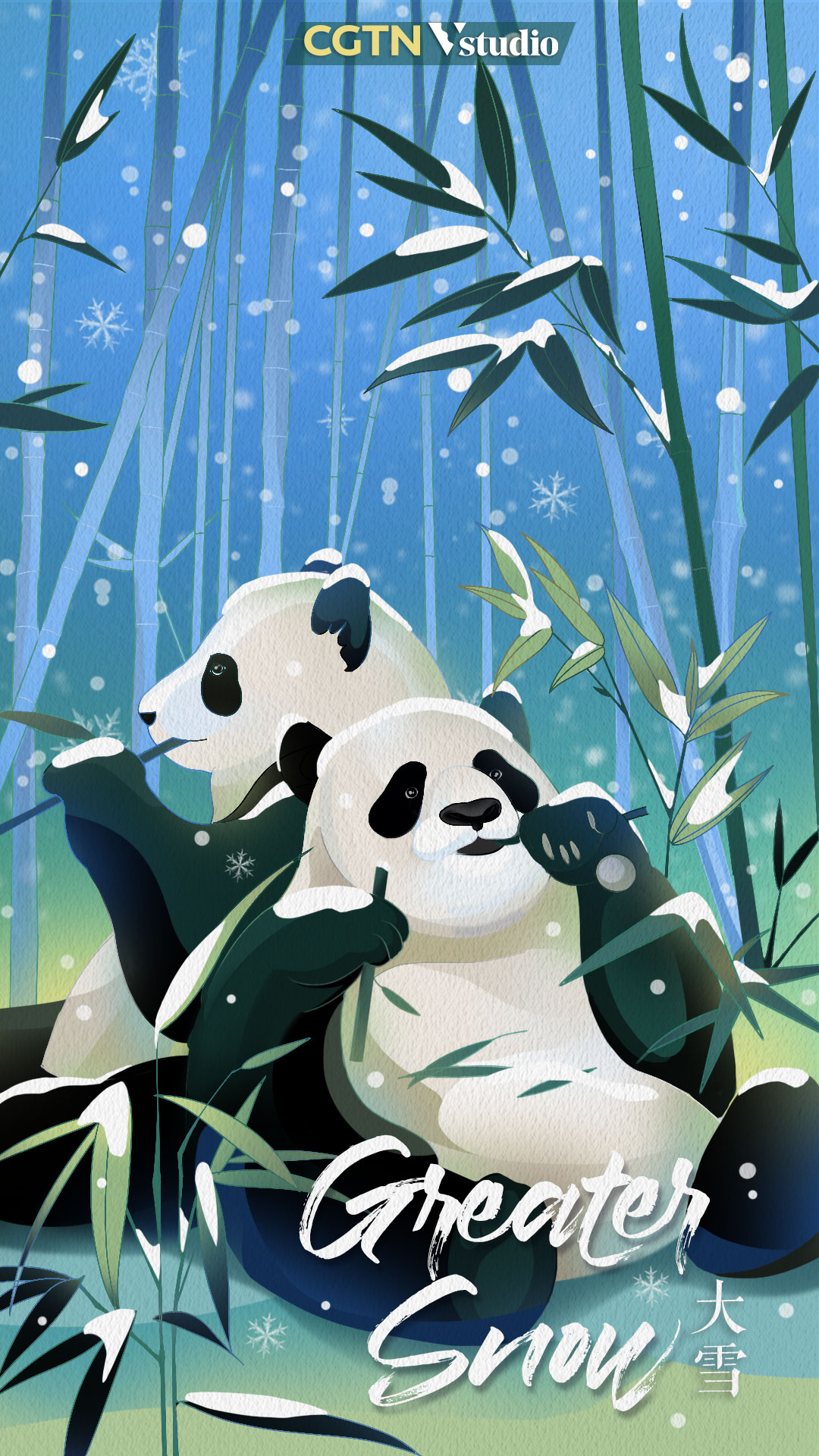
Major Snow is the 21st of the 24 solar terms on the Chinese lunar calendar and the third of the winter season. It signifies the start of the late winter season. Temperatures will drastically drop and the weather will be colder than before. As we enter the Major Snow, the minimum temperature in most parts of China drops to 0°C or below.
Major Snow is the 21st of the 24 solar terms on the Chinese lunar calendar and the third of the winter season. It signifies the start of the late winter season. Temperatures will drastically drop and the weather will be colder than before. As we enter the Major Snow, the minimum temperature in most parts of China drops to 0°C or below.
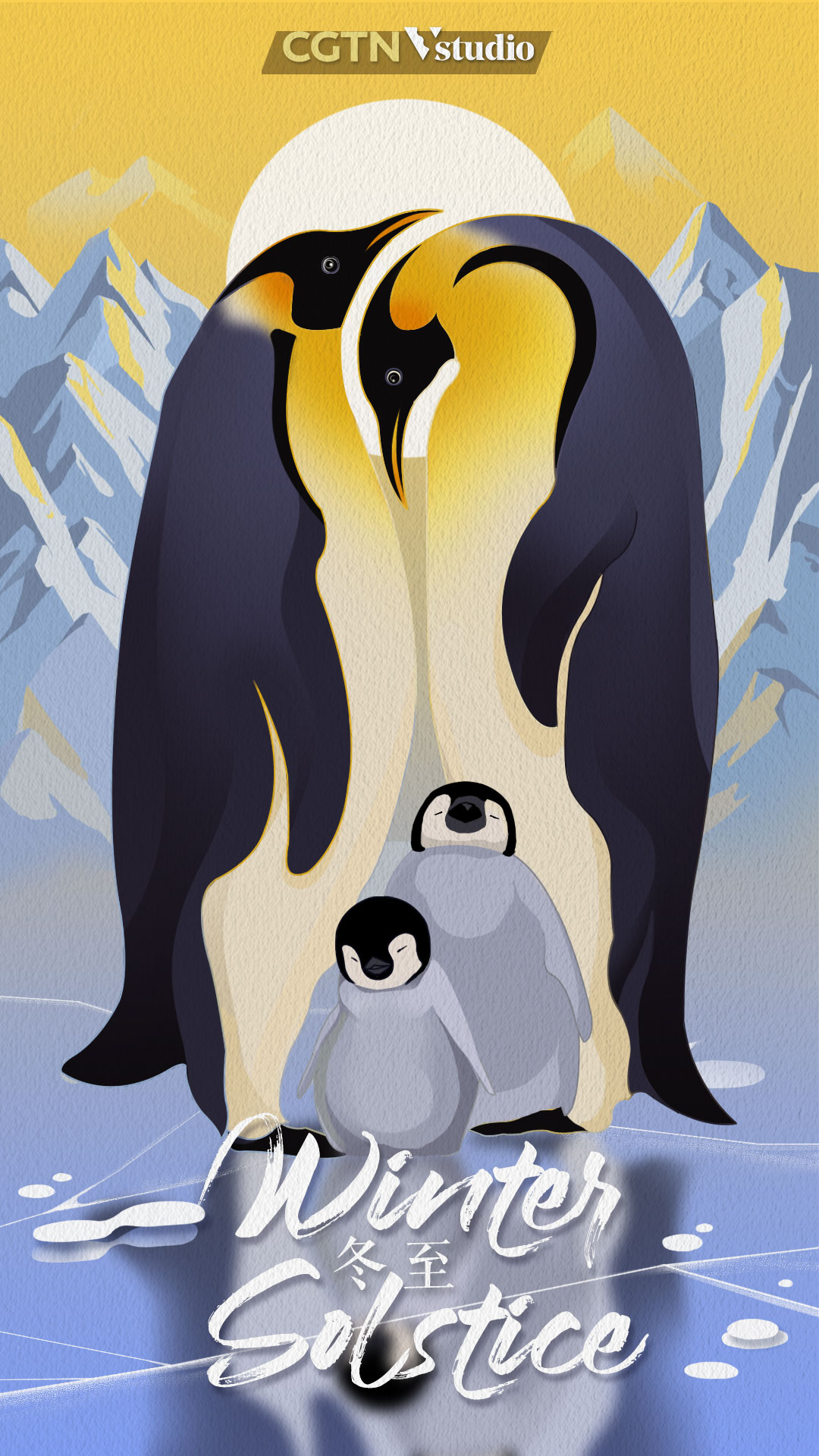
Winter Solstice is the 22nd of the 24 solar terms on the Chinese lunar calendar. This is when the days begin to get longer and the nights shorter. It also marks the arrival of the coldest season in the year. In the Antarctic, the polar day phenomenon occurs, when the sun remains 24 hours over the horizon.
Winter Solstice is the 22nd of the 24 solar terms on the Chinese lunar calendar. This is when the days begin to get longer and the nights shorter. It also marks the arrival of the coldest season in the year. In the Antarctic, the polar day phenomenon occurs, when the sun remains 24 hours over the horizon.
The solar terms are the seasonal division points on the Chinese lunar calendar. In the past, Chinese people used the system to schedule their agricultural activities or alter their diet at various times of the year. Today, lots of traditions and customs regarding the 24 solar terms, such as eating special foods, are still popular in the country.
In 2016, China's 24 solar terms were inscribed on UNESCO's Representative List of the Intangible Cultural Heritage of Humanity.
Designer: Xing Cheng
Editor: Chen Bo
Producer: Wu Haixia

